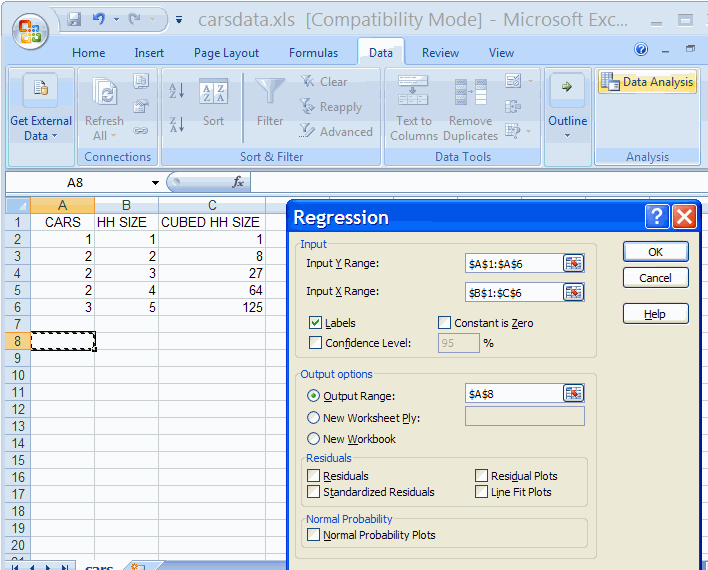
#Data analysis excel 2010 tutorial how to#
Some basic, working knowledge of Excel, how to create basic graphs, adding different data series, and combining graph types will be useful. A pivot table allows you to extract the significance from a large, detailed data set.Ħ Tables: Master Excel tables and analyze your data quickly and easily.ħ What-If Analysis: What-If Analysis in Excel allows you to try out different values (scenarios) for formulas.Ĩ Solver: Excel includes a tool called solver that uses techniques from the operations research to find optimal solutions for all kind of decision problems.ĩ Analysis ToolPak: The Analysis ToolPak is an Excel add-in program that provides data analysis tools for financial, statistical and engineering data analysis.īecome an Excel pro! You can find related examples and features on the right side of each chapter at the bottom of each chapter. Each tutorial will lead you through the steps to create each chart type (instructions and images use the 2010 version of Excel, but are nearly identical on the Mac).

As you'll see, creating charts is very easy.ĥ Pivot Tables: Pivot tables are one of Excel's most powerful features.

You can sort in ascending or descending order.Ģ Filter: Filter your Excel data if you only want to display records that meet certain criteria.ģ Conditional Formatting: Conditional formatting in Excel enables you to highlight cells with a certain color, depending on the cell's value.Ĥ Charts: A simple Excel chart can say more than a sheet full of numbers. It will cover the basic steps of creating a spreadsheet, using formulas and basic formatting, and creating charts.

This tutorial focuses on introducing the basic features of MS Excel 2010 to analyze general data. This section illustrates the powerful features Excel has to offer to analyze data.ġ Sort: You can sort your Excel data on one column or multiple columns. As a student and a professional, MS Excel can assist you in the analysis of data.


 0 kommentar(er)
0 kommentar(er)
